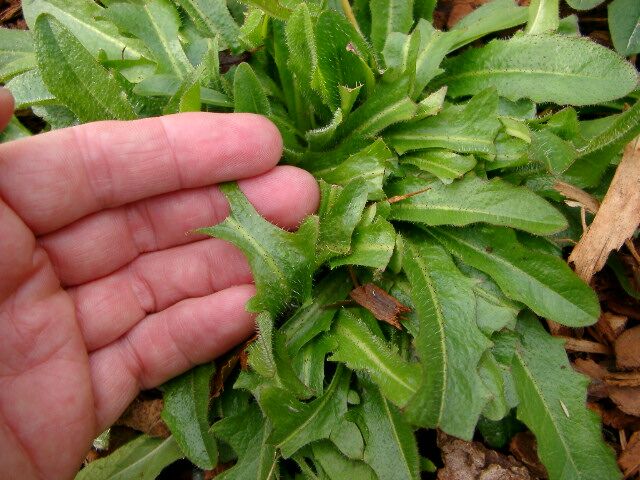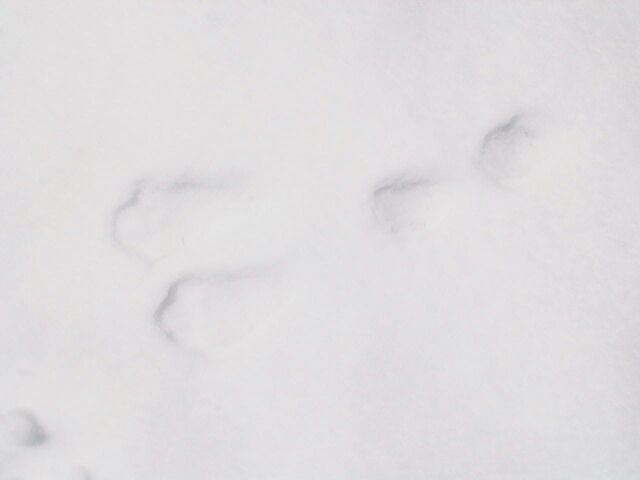 Photo by Dennis Deck
Photo by Dennis Deck| Species | Habitat | Range |
| Pygmy rabbit (Brachylagus idahoensis) |
Dense stands of sagebrush or rabbitbrush | Great basin between the Cascades and the Rockies |
| Brush rabbit (Sylvilagus backmani ) |
Brushy areas | Western Oregon |
| Eastern cottontail (Sylvilagus floridans ) |
Brushy riparian areas, lawns | Willamette valley of western Oregon north to tip of Puget Sound |
| Mountain cottontail (Sylvilagus nuttalli ) |
Brushy riparian areas, lawns | Willamette valley of western Oregon |
| Snowshoe hare (Lepus americanus ) |
Woods or dense shrubby growth | widespread in western states |
| Black-tailed jackrabbit (Lepus califonucas ) |
Generalist | Southeastern Oregon |
| White-tailed jackrabbit (Lepus townsendii ) |
Open areas | Eastern Oregon and Washington |
| European rabbit (Oryctolagus cuniculus ) |
Open fields, brushy areas | San Juan Islands |
| American pika (Ochontona pinceps) |
Mountain talus slopes | Cascades (Califorina to BC) and Rockies |
The snowshoe hare is a common resident in our northwest woods and his tracks can be readily seen in the deep snows of the Cascade range. This fellow is a key prey species for many forest carnivores and the primary prey for lynx.
We have found considerable evidence of snowshoe hare all over the Oregon and Washington Cascades. These photos were taken either on Mt. Hood or Lone Butte Meadows in the Gifford Pinchot forest.
 Photo by Dennis Deck
Photo by Dennis Deck
 Photo by Dennis Deck
Photo by Dennis Deck
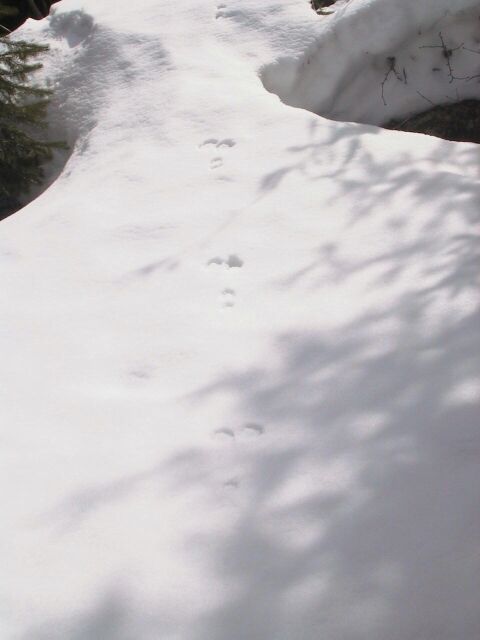 Photo by Dennis Deck
Photo by Dennis Deck
The brush rabbit is the common cottontail in the Willamette Valley. I often find their cryptic tracks along the Sandy River in Oxbow Park where the claws sink into the firm sand.
 Photo by Dennis Deck
Photo by Dennis Deck
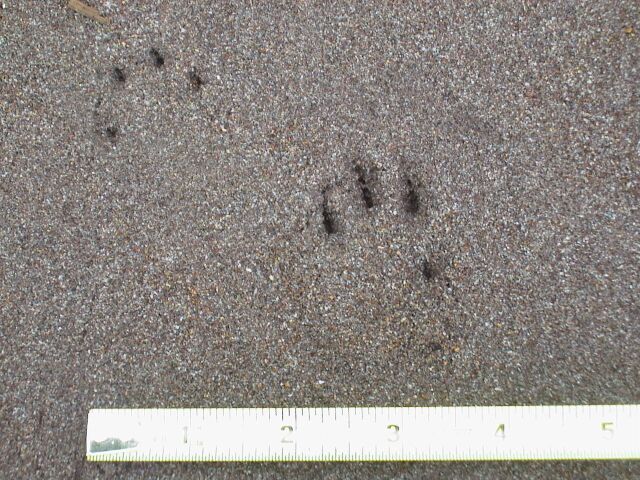 Photo by Dennis Deck
Photo by Dennis Deck
When conditions are optimal, you may get distinguishable tracks. Note the clear asymmetry of the front feet.

Usually if you look close you can find the pellets.
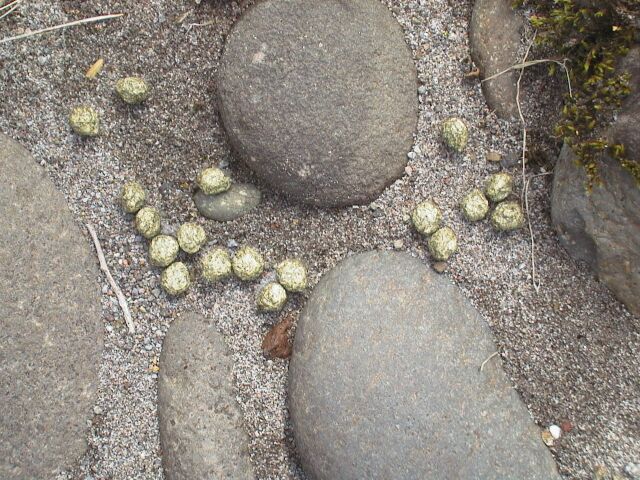 Photo by Dennis Deck
Photo by Dennis Deck
If you look even closer you may find evidence of feeding. Grass and other herbs may show a diagonal cut.
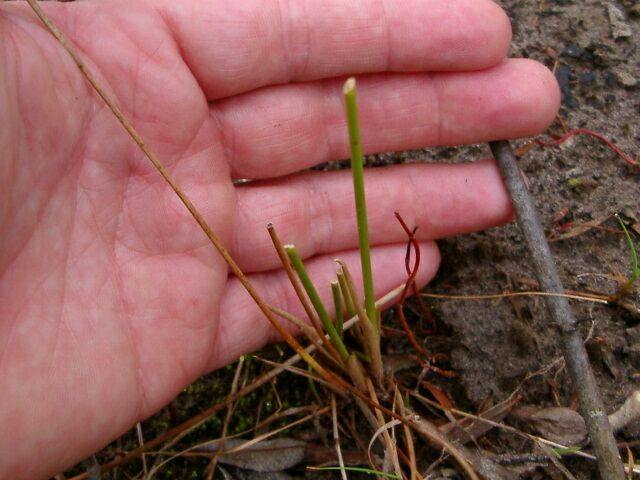
As with other herbivores, the brush rabbit's diet shifts as winter sets in. This photo shows basal debarking of a sapling during November by a brush rabbit along the Sandy River.
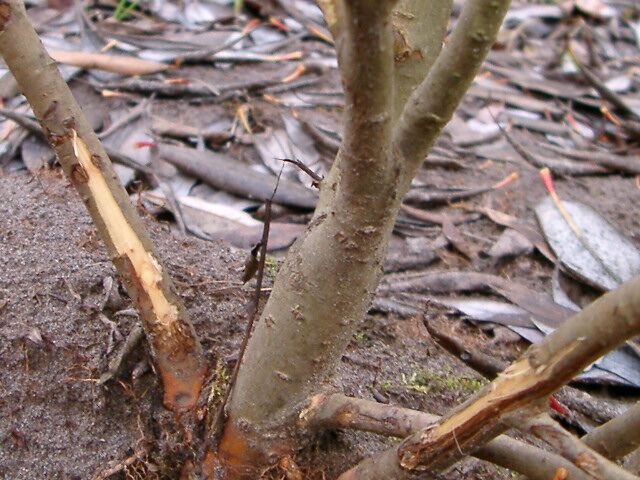
I watched an eastern cottontail nibble on the leaves of this aster.
